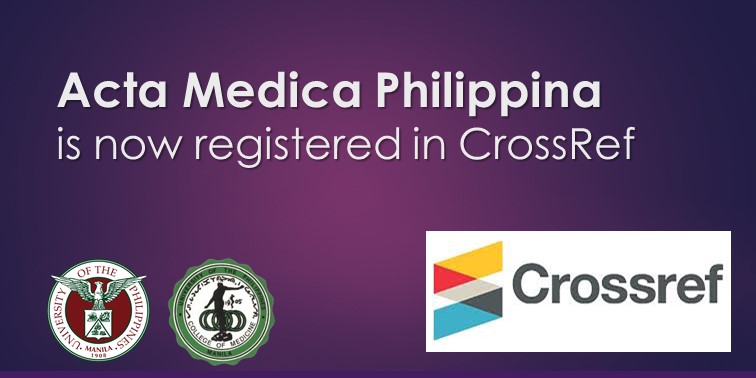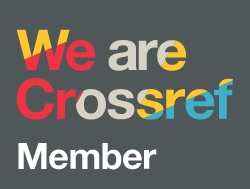Analysis of the Capacities of Health Facilities in the Eastern Visayas Region based on Health Care Provider Network Service Delivery Guidelines
DOI:
https://doi.org/10.47895/amp.vi0.13324Keywords:
health referral system, maternal and newborn care, Health Care Provider Network, health service delivery integration, Universal Health Care, Eastern VisayasAbstract
Background and Objective. Timely access to appropriate levels of care is essential for improving maternal, newborn, and child health outcomes. To address persistent service delivery fragmentation and strengthen referral systems, the Philippine Department of Health issued Administrative Order 2020-0019 to guide the design of Health Care Provider Networks (HCPNs) under the Universal Health Care Act of 2019. This study assessed the extent to which sixteen municipalities across four provinces in Eastern Visayas comply with the HCPN service delivery guidelines in the context of maternal and newborn care.
Methods. The study employed a descriptive cross-sectional mixed-methods design, utilizing structured facility checklists to assess compliance with HCPN standards. Qualitative data were gathered through key informant interviews and focus group discussions with purposively selected stakeholders—decision-makers, health personnel, and mothers—to contextualize findings. A three-lever framework for integrated care (policy, operational, and crosscutting) guided the analysis.
Results. The findings revealed significant gaps between the current capacities of study health facilities and the requirements outlined in the HCPN guidelines. Major gaps included (1) weak cooperative governance mechanisms to support network-wide coordination; (2) limited systematic linkages between facilities, including fragmented referral protocols and non-interoperable health information systems; (3) inadequate investments in infrastructure, health human resources, and medical commodities; and (4) absence of performance monitoring systems across HCPNs.
Conclusion. Despite these gaps, the study identified early signs of cooperative arrangements through interlocal health zones initiatives and DOH-supported referral programs. Lessons from these experiences, along with the current progress in selected municipalities and provinces, highlight the potential for stronger governance and integration of health services. Addressing the identified gaps across policy, operational, and crosscutting levers is essential to establish functional HCPNs and advance the goals of Universal Health Care in the region.
Downloads
Published
Issue
Section
License
Copyright (c) 2025 Acta Medica Philippina

This work is licensed under a Creative Commons Attribution-NonCommercial-NoDerivatives 4.0 International License.




.jpg)



